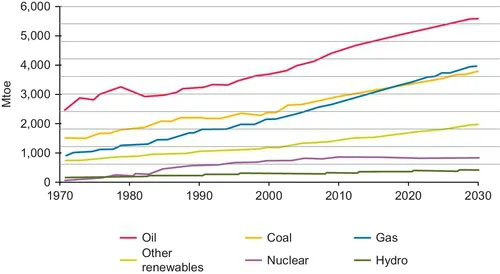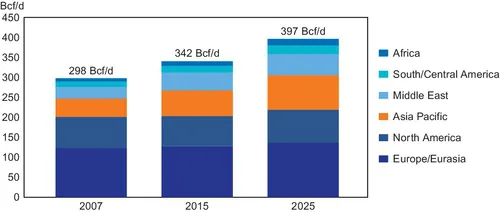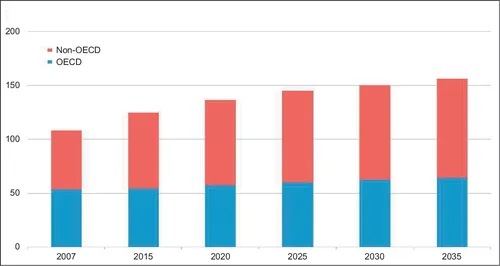
- 288 pages
- English
- ePUB (mobile friendly)
- Available on iOS & Android
About This Book
This Handbook provides solutions to the fundamental issues associated with wells and reservoirs experiencing sanding problems, especially in deepwater environments.
Sand Management is a massive challenge for the petroleum industry as it extends its exploration activities to new frontiers. Challenging ultra deepwater, High Pressure-High Temperature (HP-HT) and Arctic environments require engineers to drill more complex wells and manage more complex reservoirs, the majority of which are prone to massive sand production.
Covering such fundamentals as how to maximize individual wells and field development performance, as well as how to minimize operational cost, non-productive time and guarantee flow assurance across the entire composite production system from reservoirs through the wellbore to the topside and flow lines, this handbook explains that the biggest challenge facing operators is the shortage of sand management personnel and helps companies realize the value of their assets.
- Reference for knowledge transfer and skills development in sand management for effective flow assurance
- Emphasis on HP-HT and deepwater environments
- Meets the needs of new and practising engineers alike as well as non-technical personnel supporting the offshore industry
Frequently asked questions
Information
Introduction to Deepwater Field Development Strategies
Abstract
1.1 Introduction to Global Energy and Hydrocarbon Development
One major objective of any enterprise is to maximise cash flow and recoverable reserves through:
Another key objective is the minimisation of overall costs in an attempt to maximise profit through:




Table of contents
- Cover image
- Title page
- Table of Contents
- Copyright
- Dedication
- Series Editor's Preface
- Preface
- Acknowledgements
- Chapter 1: Introduction to Deepwater Field Development Strategies
- Chapter 2: Introduction to the Hydrocarbon Composite Production System
- Chapter 3: Fundamental Principles of Management of Reservoirs with Sanding Problems
- Chapter 4: Fundamentals of Petrophysics and Geomechanical Aspects of Sand Production Forecast
- Chapter 5: Introduction to Sand and Condition Monitoring Strategies for Asset Integrity
- Chapter 6: Sand Control Completion Strategy
- Chapter 7: Multiphase Solids Transport
- Chapter 8: Risk Assessment Criteria for Effective Sand Management
- References
- Epilogue
- Index